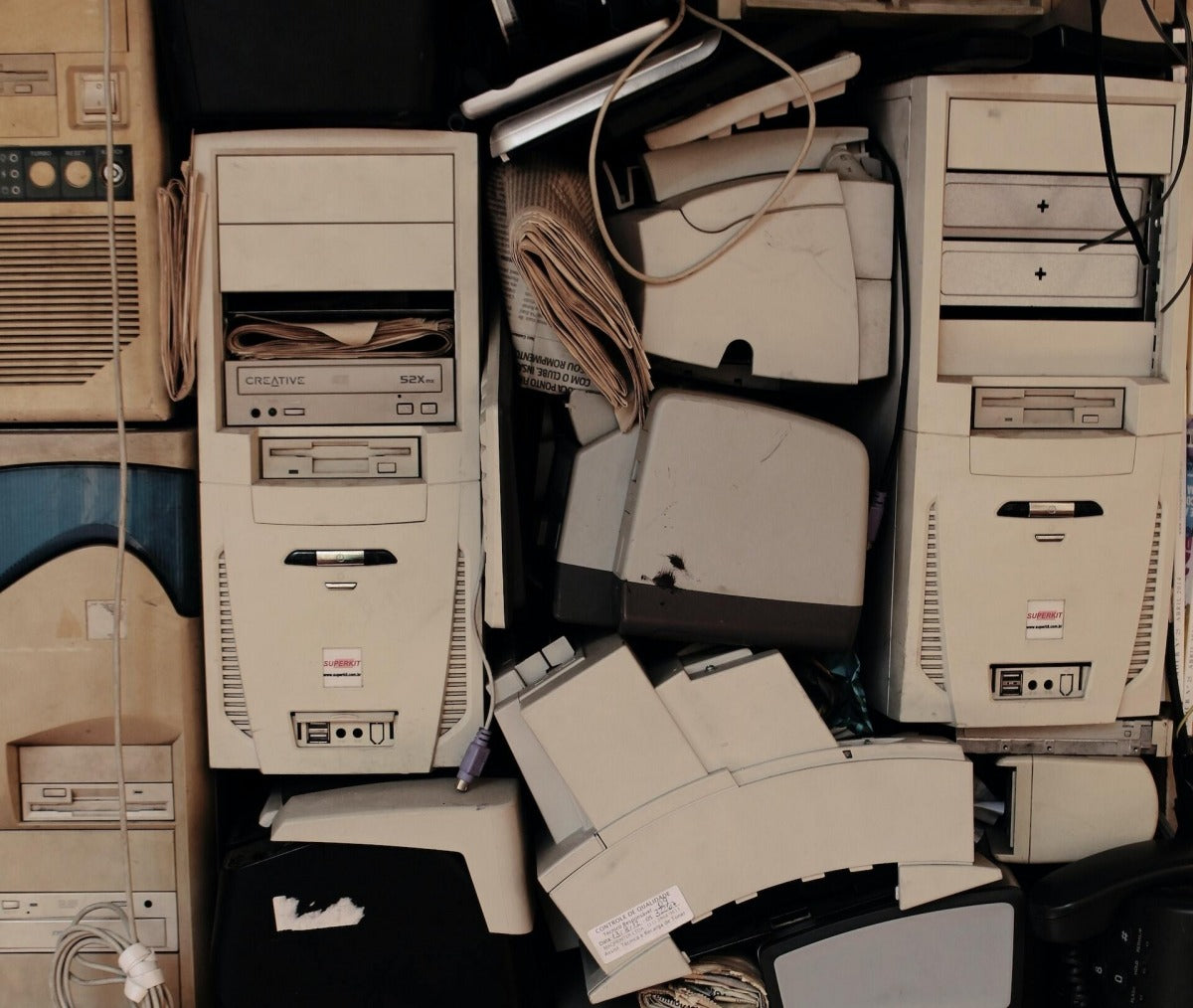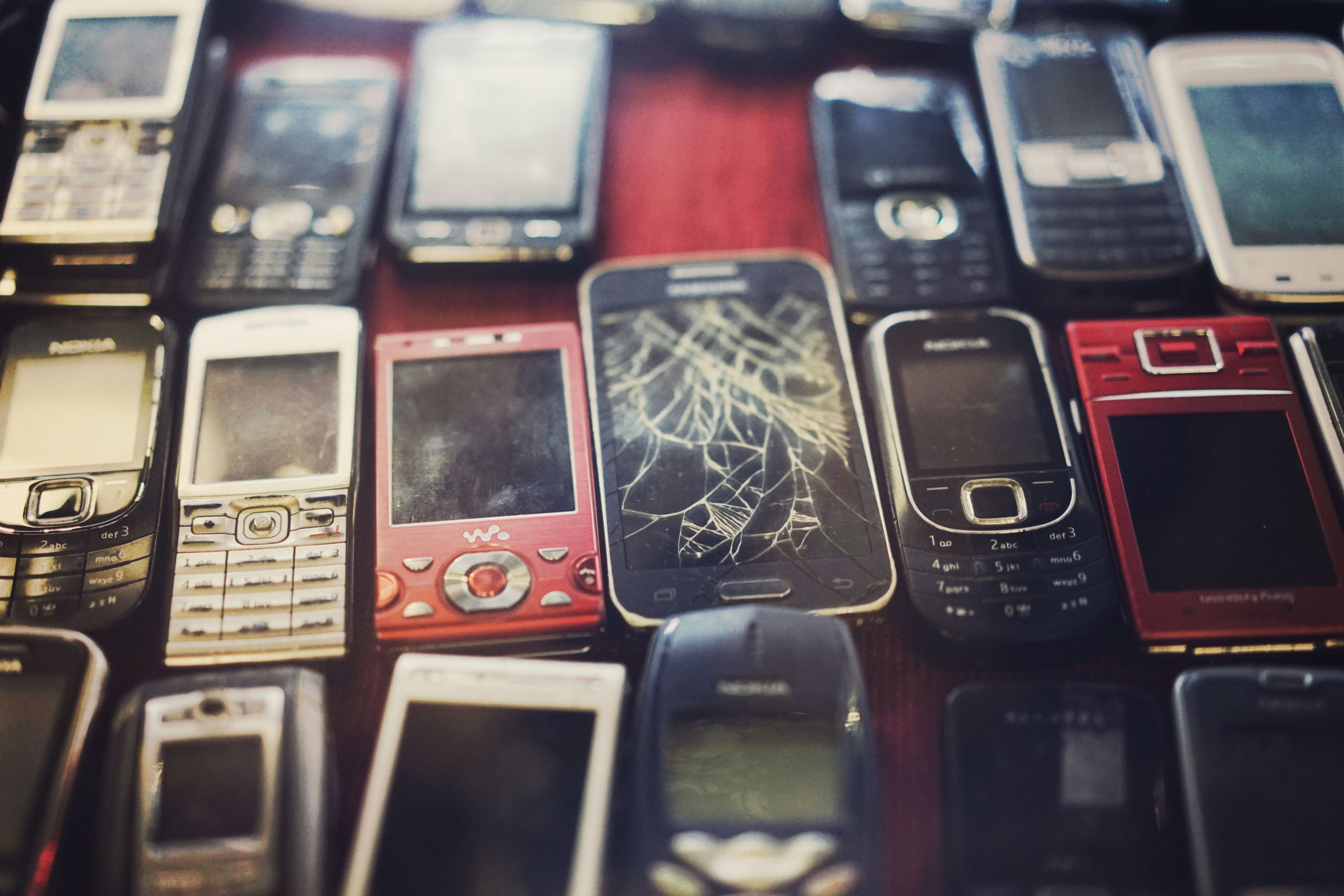The Recycling Lives Services Diaries
The Recycling Lives Services Diaries
Blog Article
More About Recycling Lives Services
Table of ContentsThings about Recycling Lives ServicesRecycling Lives Services - TruthsRecycling Lives Services Things To Know Before You Get ThisGetting My Recycling Lives Services To Work6 Easy Facts About Recycling Lives Services Explained

Furthermore, all Oxfordshire regional authorities approve vapes and e-cigarettes as a separate kerbside collection. How they are gathered in each location varies slightly; examine you have the correct info for your location.
Portable batteries the kind you discover in small portable devices can additionally be reused at the kerbside however not inside any of your containers. Bigger stores that market batteries also have collection factors for recycling old batteries.
The Only Guide for Recycling Lives Services
Older-style filament or halogen light bulbs can be disposed of in your general rubbish container at home. Some DIY stores likewise have collection factors for light bulbs.

Little Known Facts About Recycling Lives Services.
Electrical things are damaged down into different pasts so that the various products they are made up of can be removed and recycled. Waste recycling centres are for use by homeowners just and can not approve waste from business resources.
E-waste, electronic waste, e-scrap and end-of-life electronics are terms frequently utilized to describe used electronics that are nearing the end of their helpful life, and are disposed of, donated or offered to a recycler. The UN defines e-waste as any thrown out products with a battery or plug, and includes harmful and hazardous substances such as mercury, that can pose extreme threat next to human and environmental health.
Recycling Lives Services - Truths
Only 17.4% of this electronic waste, having a mixture of damaging materials and precious materials, will certainly be tape-recorded as being appropriately gathered, dealt with and recycled - https://myanimelist.net/profile/rcyclng1vssvc. Numerous campaigns are taken on to tackle this expanding concern, however none can be totally effective without the energetic duty and appropriate education of consumers

In addition, mining thrown out electronics creates 80% less discharges of carbon dioxide per system of gold compared to mining it from the ground. In 2015, the removal of resources made up 7% of the globe's energy usage. This implies that moving in the direction of the usage of more secondary basic materials in electronic goods can aid substantially in reaching the targets laid out in the Paris Contract on climate modification.
Recycling Lives Services Fundamentals Explained
When the carbon dioxide launched over a device's life time is taken into consideration, it primarily takes place during manufacturing, before customers buy a product. This makes reduced carbon procedures and inputs at the manufacturing stage (such as usage recycled raw products) and product lifetime essential factors of total environmental impact.
Even in the EU, which leads the globe in e-waste recycling, simply 35% of e-waste is officially reported as properly accumulated and reused. The lack of recycling weighs greatly on the worldwide electronic industry and as devices come to be a lot more various, smaller sized and a lot more complex, the problem intensifies.
The continuing to be mass of e-waste generally plastics laced with steels and chemicals presents a more intractable trouble. A new vision for the production and usage of electronic and electric goods is needed. It is simple for e-waste to be mounted as a post-consumer issue, but the problem encompasses the lifecycle of the devices everyone uses.
Report this page